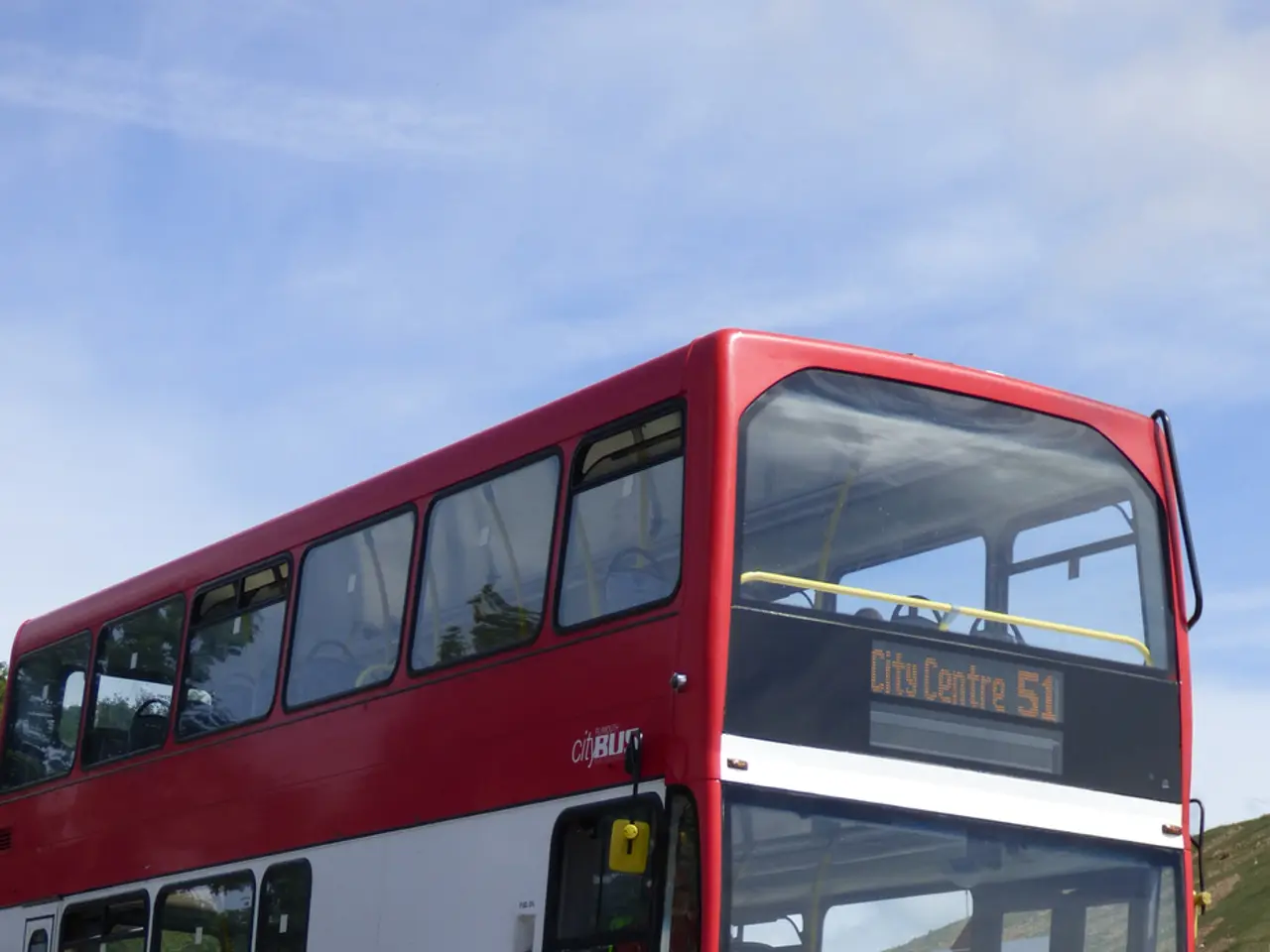Improved Transit Authority highlights increased credit score, partly crediting congestion tolling and fare collections
MTA's Credit Rating Upgraded Following Success of Congestion Pricing
The Metropolitan Transportation Authority (MTA) has received an upgraded credit rating from Standard & Poor's (S&P) Global Ratings, following six months of the implementation of congestion pricing in Manhattan. The rating was improved from A- to A, reflecting confidence in the MTA's improving financial stability.
The upgrade was due to several factors, including the preliminary success of the Congestion Relief Zone tolling program. Net revenues from congestion pricing have been 8% favorable to budget, signaling a stable, recurring revenue stream. This financial success has moved the agency closer to its $500 million goal for 2025, with approximately $335 million generated so far in 2021.
Paid ridership has increased partly due to more commuters returning to offices and a decline in fare evasion, boosting farebox revenues. The MTA's 2025-2029 capital plan has a new source of support due to the Payroll Mobility Tax, expected to generate an additional $1.4 billion in recurring annual revenues.
The MTA is maintaining a balanced budget through 2026. This financial stability is achieved through baseline increases in farebox revenue, toll revenue, dedicated taxes, and state and local subsidies. The agency has also implemented $500 million in annual cost savings, including reducing outyear deficits by $198 million, further stabilizing its finances.
Paying down future debt was also a factor in reinforcing the financial profile and overall creditworthiness. The MTA's transportation revenue bonds rating was improved from an A- to an A, indicating a sufficiently strong financial profile.
In addition, congestion pricing has resulted in an 11% reduction in the number of vehicles traveling into the congestion pricing zone daily, with an average of 70,000 fewer vehicles. This reduction has contributed to the stable rating outlook. Furthermore, fare evasion remains a problem for the MTA, but the agency has taken steps to combat it, resulting in a 36% drop in crime at guarded stations.
A fare hike from $2.90 to $3 per ride is planned for bus and subway riders in January 2026. Despite this increase, the MTA is expected to continue its efforts to improve its financial stability and invest in key transit projects, including accessibility improvements, modern signal systems, electric buses, structural repairs, and power system improvements. The funds from congestion pricing are earmarked for these projects.
In a press release, the MTA maintained that it is maintaining a sufficiently strong financial profile, which is crucial for the continued improvement and development of New York's transportation infrastructure.
The MTA's financial stability, improved by factors such as the success of congestion pricing and the Payroll Mobility Tax, has attracted investments from various sectors, indicating a positive outlook in the business and finance industry. This financial strength also allows the MTA to allocate funds towards key transportation projects, particularly in areas like accessibility improvements, modern signaling systems, and electric buses, thereby contributing to the development of the transportation industry in New York.




